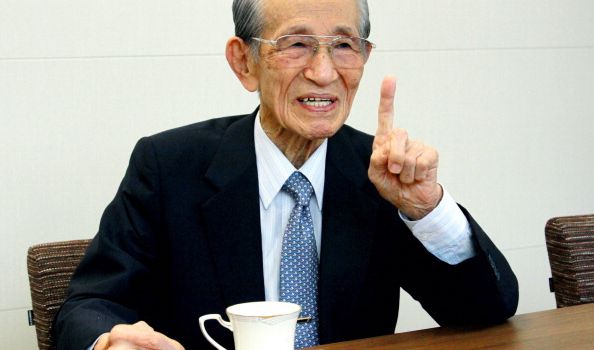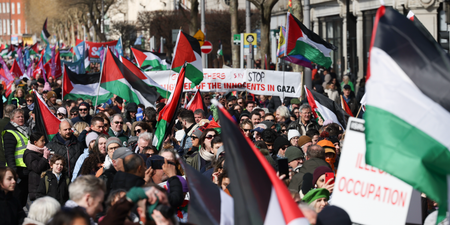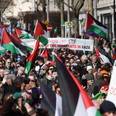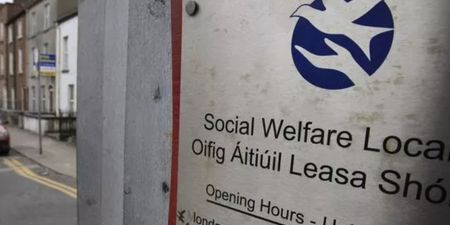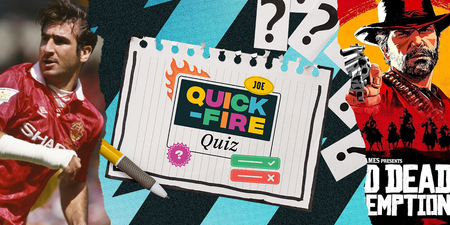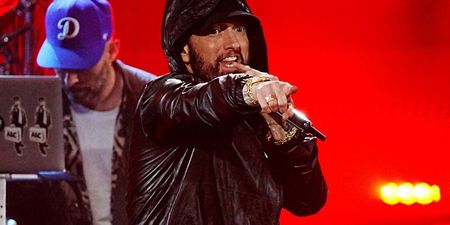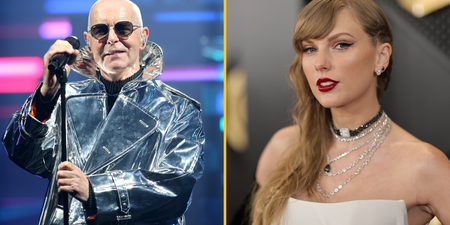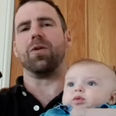Hiroo Onoda, a Japanese soldier who only agreed to surrender from the war in 1974 nearly 30 years after it had ended, passed away in Tokyo yesterday evening.
Hiroo Onoda’s story is without a doubt one of the most interesting tales of loyalty that has ever existed, but his time on this earth ended yesterday at the ripe old age of 91.
His epic 30-year-long story began on December 26, 1944, five years after the war broke out and only nine months before it would finish. On December 26, 1944, Onoda was sent to the island of Lubang in the Philippines where he was ordered to do all he could to hamper Allied attacks on the island, including destroying the local airstrip and pier at the harbour. He was also ordered not to surrender or take his own life under any circumstances. Sadly for Onoda, he would take his order a little too literally.

When Onoda landed on Lubang Island he joined forces with a group of other Japanese soldiers who outranked him, which prevented him from completing his previous orders. This made it easier for the Allies to storm Lubang Island on February 28, 1945, and within a short time all the Japanese soldiers, apart from Onoda and three others, had either died or surrendered.
Onoda had been promoted to lieutenant at this point and he ordered the other three men, Private Yūichi Akatsu, Corporal Shōichi Shimada and Private First Class Kinshichi Kozuka, to take to the hills where they proved their loyalty to the Imperial Japanese Army by continuing their campaign.
The war officially ended on September 1, 1945, after six years and one day, but Onoda and his men only saw the first leaflet that claimed the war was over in October 1945. However, the men believed the leaflet to be Allied propaganda sent to trick the men into surrendering. While on the island, Onoda and his men killed upwards of 30 locals who they feared where Allied forces looking to capture them.
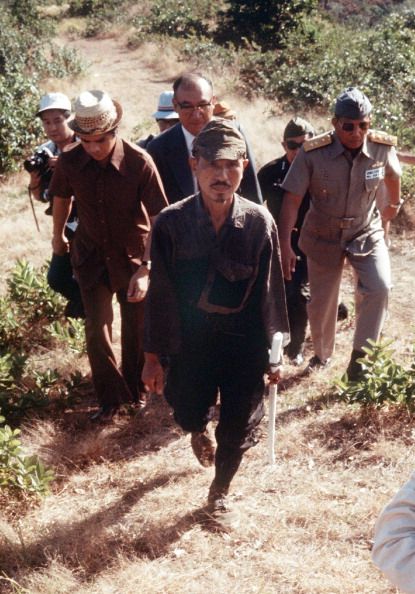
After years of hiding and after losing his comrades to various circumstances, Onoda finally came out of hiding on March 9, 1974, 29 years and three months after he first landed on Lubang Island. Earlier, on February 20, 1974, Onoda met a Japanese man by the name of Norio Suzuki who was searching Lubang Island for Lieutenant Onoda, even thought he had been officially declared dead in 1959.
When Suzuki finally found Onoda, after four days of searching in the hills, the lieutenant still refused to surrender until he received the order from his commanding officer, Major Yoshimi Taniguchi, who had since become a bookseller. So the Japanese government found Mr Taniguchi and flew him out to Lubang Island in 1974 to relieve Onoda from his duties.
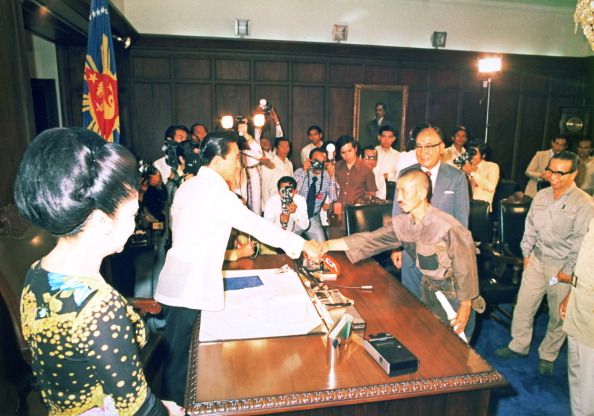
Onoda officially surrendered and handed over his Arisaka Type 99 rifle, which was still in perfect condition, his sword (pictured below) and his uniform, which he had kept clean and intact while living in the mountains. Even though Onoda and his men were responsible for the killings of around 30 people, the President of the Philippines, Ferdinand Marcos, gave him a presidential pardon as the circumstances were taken into account.
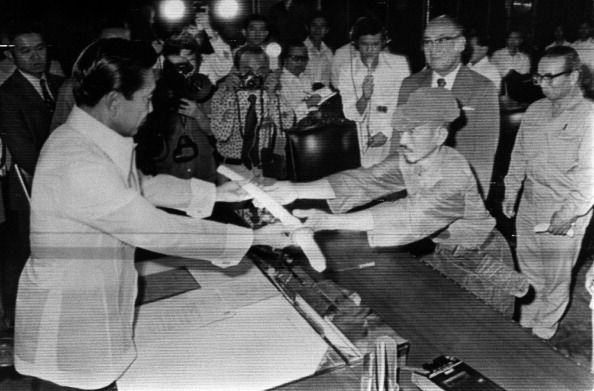
Onoda returned to Japan, but he soon followed his brother over to Brazil where he became a farmer. He passed away yesterday evening in a Tokyo hospital due to complications from pneumonia, but his incredible story is sure to live on.
LISTEN: You Must Be Jokin’ with Aideen McQueen – Faith healers, Coolock craic and Gigging as Gaeilge
